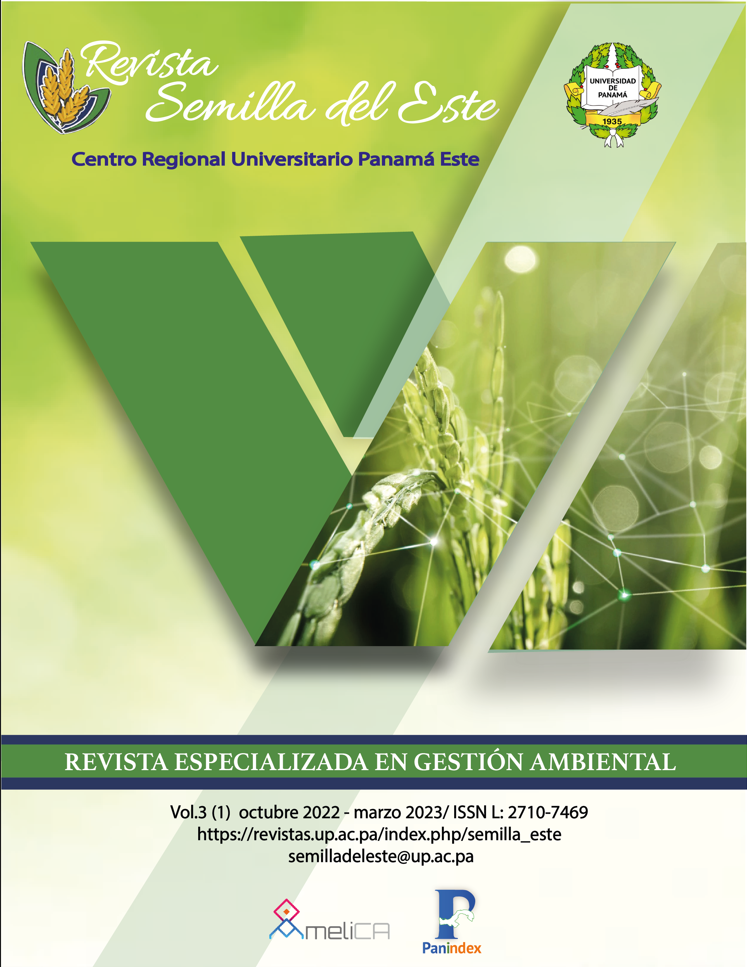


This work is licensed under a Creative Commons Attribution-NonCommercial-ShareAlike 4.0 International License.
Cyrtomenus bergi is the causal agent of the lesion in cassava, where this subterranean pest attacks through its stylet, piercing the cuticle and root bark. Dark spots are observed around the tuber, which is indicative that the bug fed on that root. These spots are not visible to the naked eye, but until the cassava is harvested, since this plague is very common to observe in the rainy season, since the humidity attracts them to the surface, and it is common to find them on the leaves and stem; while in the dry season it is more difficult to locate it. To locate fungi with possible entomopathogenic capacity that could control the smallpox bug, bioprospecting of native fungi from both provinces was carried out in cassava soils in the provinces of Herrera (Ocú) and Coclé (Antón). localities to minimize the use of pesticides. In the bioprospecting, serial dilutions of (10-1 to 10-7) were made to isolate the greatest possible number of fungi, obtaining mainly the genera Aspergillus sp., Penicillium sp. and Fusarium sp. as the most prevalent, in addition the dilutions that were considered were from10-5 to 10-7. At the same time, biochemical tests of enzymatic activity (dehydrogenase and microbial respiration) were carried out to determine the biological activity in the soil and to guide our bioprospecting strategy, elucidating a greater microbial activity in the Coclé farm. According to the analyzes obtained of the biological activity against the C. bergi bug, a greater biological activity was obtained in the CH5 sample (Aspergillus sp.).